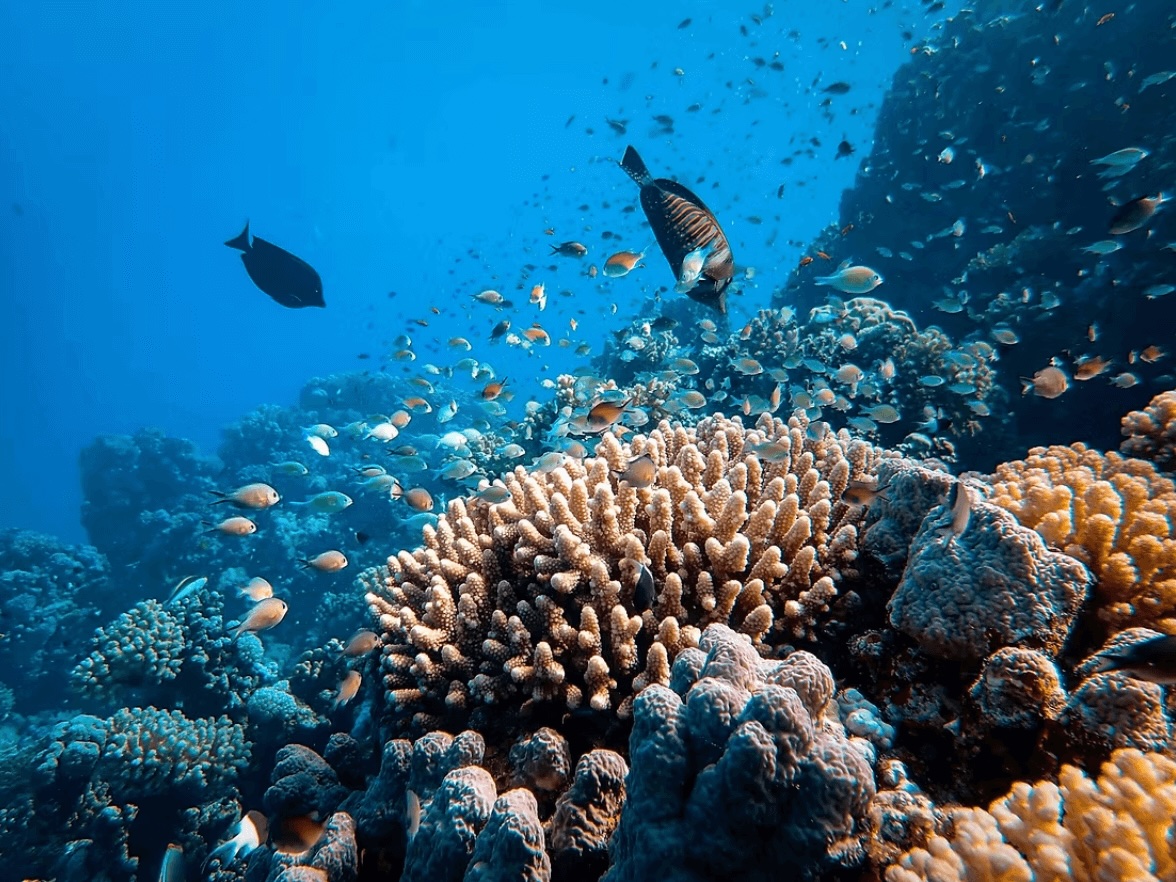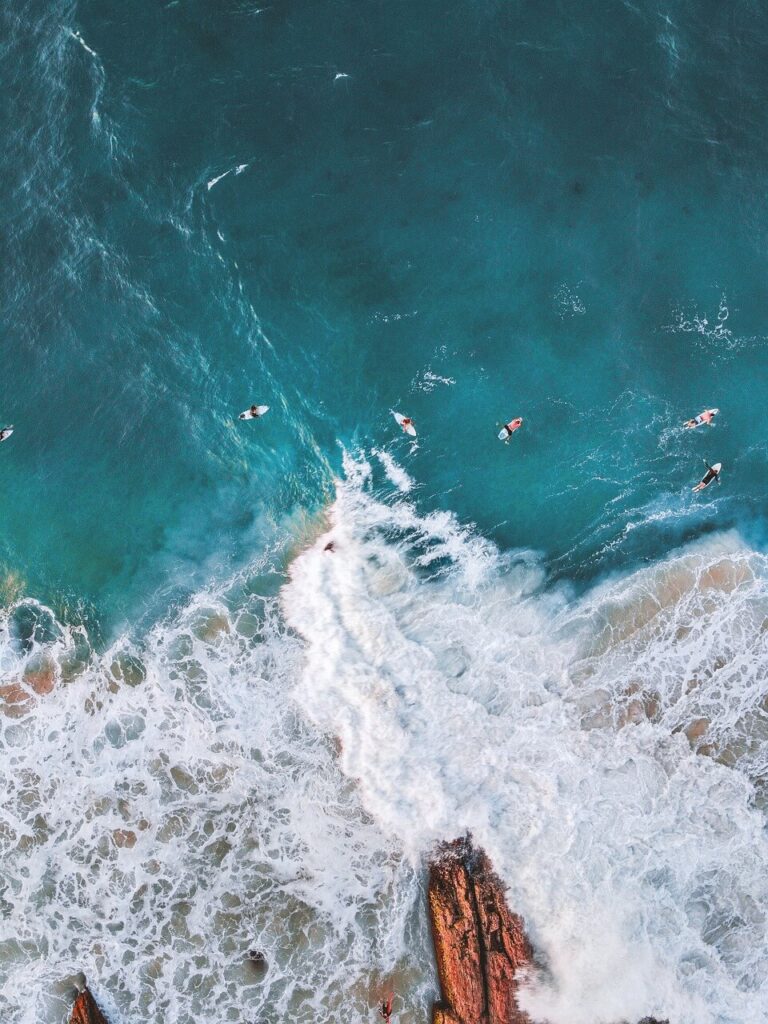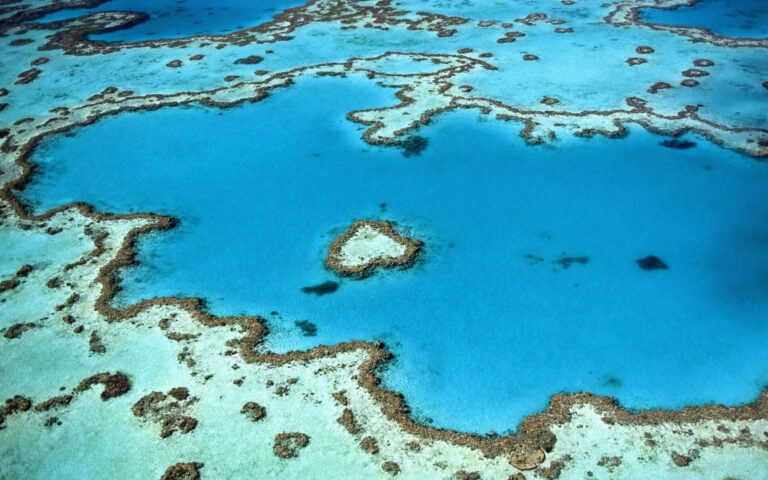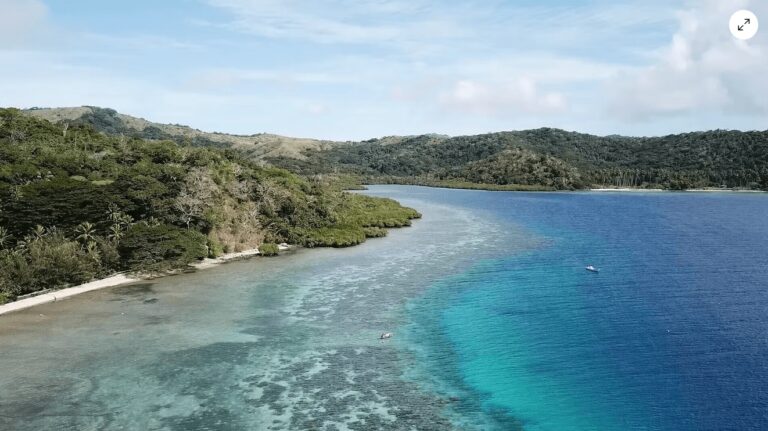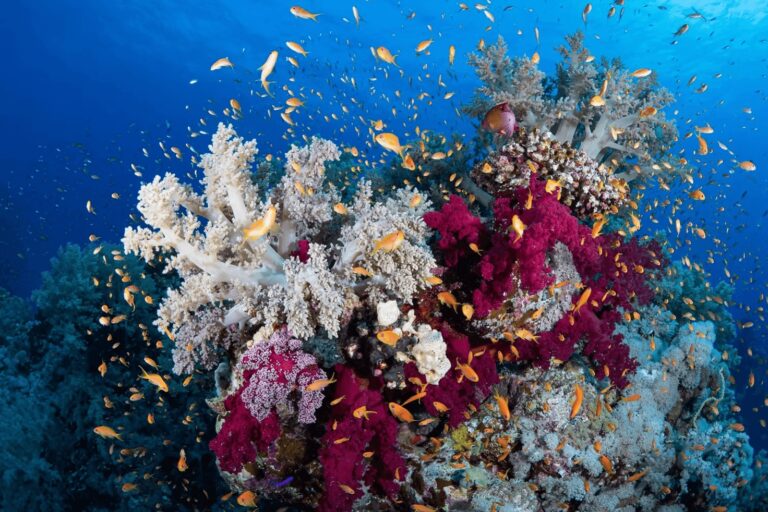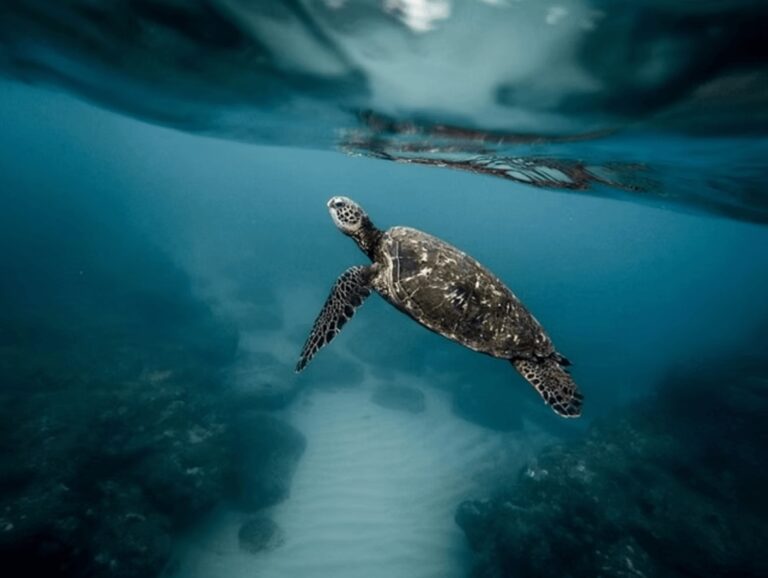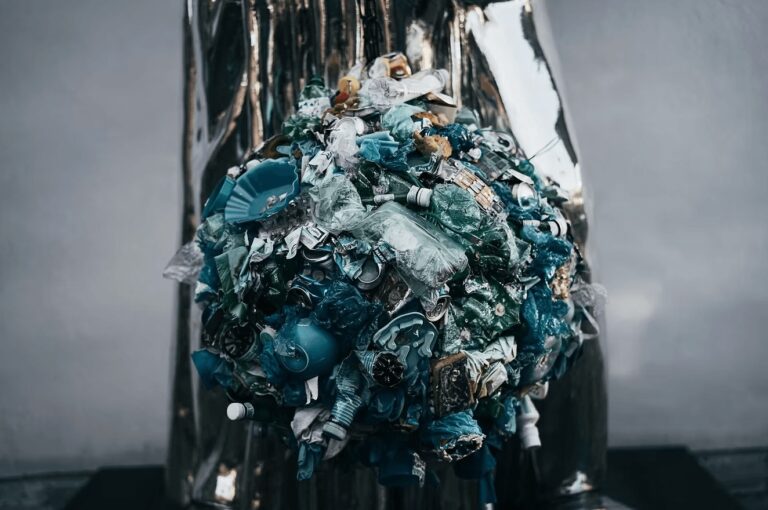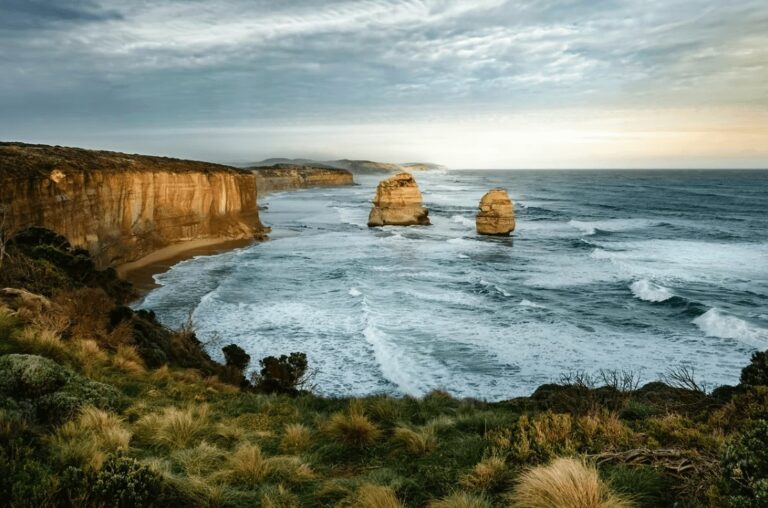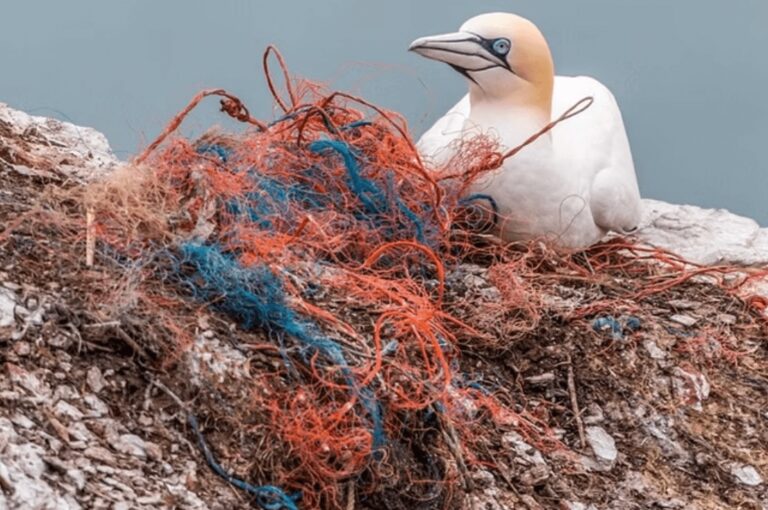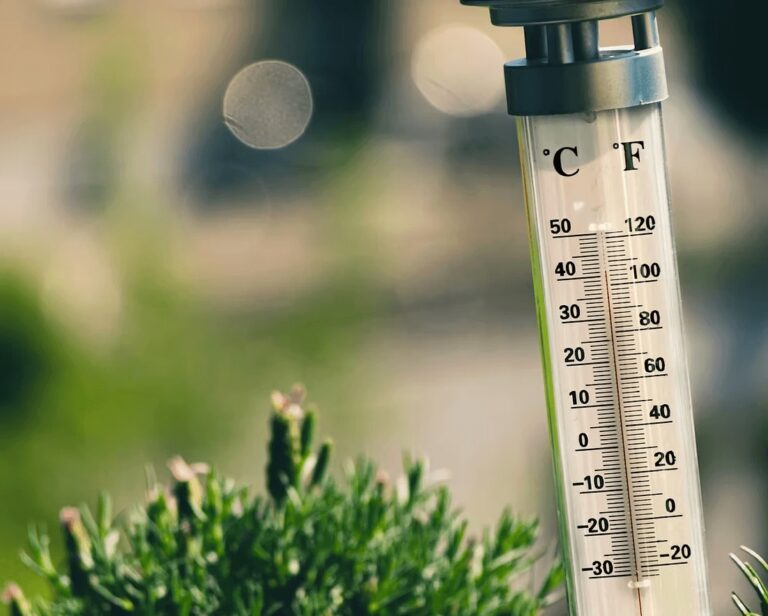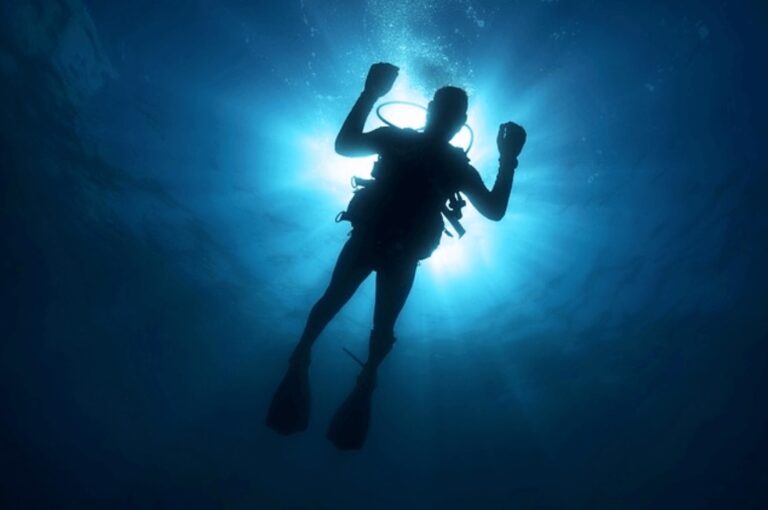7 innovative solutions for restoring the Great Barrier Reef
Concerned about the future of our coral reefs? Discover some of the innovative solutions being developed for restoring the Great Barrier Reef, from coral IVF to photogrammetry and reef stabilisation projects.
It’s no secret that the Great Barrier Reef is a natural wonder and one of the most biodiverse underwater ecosystems on the planet.
Located in the Coral Sea off the coast of Queensland, Australia, it is the single biggest structure made by living organisms in the world. In our opinion, it’s also one of the best places to dive in Australia.
But in recent decades, the Great Barrier Reef has faced devastating losses due to the impacts of human-induced climate change.
Extensive scientific research has shown that nearly half of the reef’s corals have been destroyed, largely due to the warming of the world’s oceans. Having dived and snorkelled here as kids, this is something we’re really concerned about.
Coral reefs are quite literally on the frontlines of the climate crisis. They bear the brunt of the rising temperatures and acidifying waters that are the hallmarks of human-caused global warming.
The situation is only expected to worsen, as current efforts to reduce greenhouse gas emissions are simply not enough to safeguard these irreplaceable underwater habitats.
Urgent action is required if we have any hope of preserving this natural wonder for future generations. That’s where the Great Barrier Reef Foundation comes in.
Together with leading scientists and researchers, it’s developing and implementing innovative restoration techniques that are helping to restore coral reefs at impressive rates.
In this article, we’ll look at some of the ways the Great Barrier Reef Foundation is offering corals a helping hand in the face of human-induced climate change. From coral IVF to cryopreservation and 3D mapping, there are some innovative approaches, to say the least.
Want to experience the Great Barrier Reef first-hand? Discover some of our top tour recommendations here.
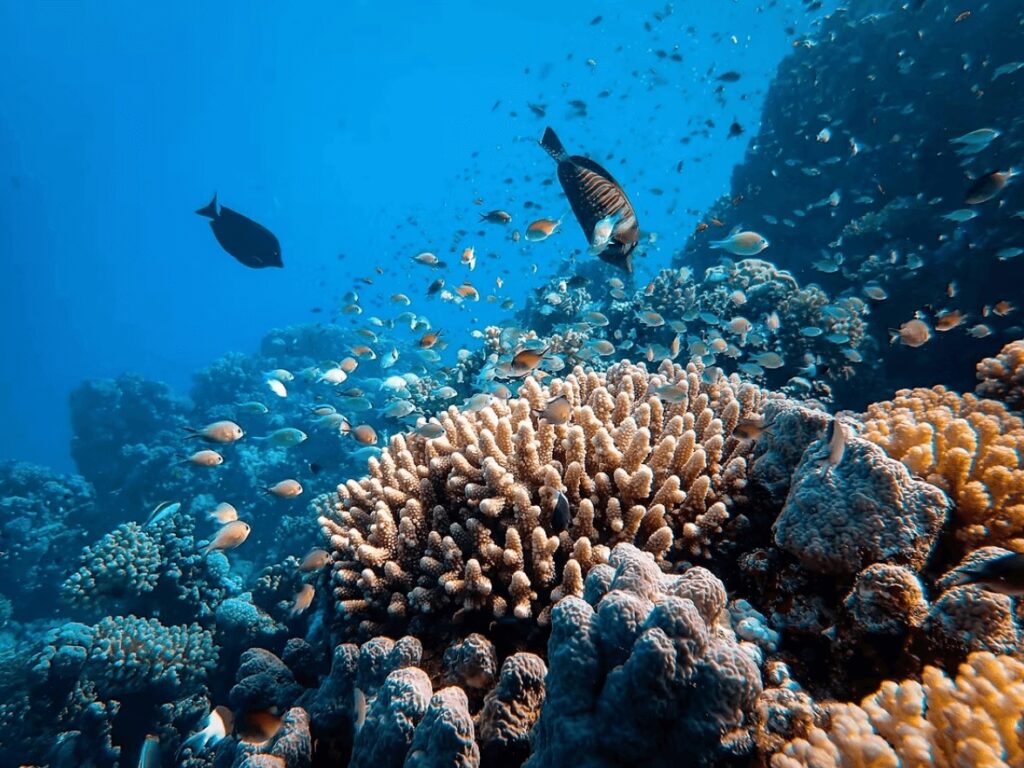
Understanding corals
Before launching into solutions for restoring the Great Barrier Reef, it’s important to understand what corals are and how they reproduce.
Although they may resemble plants, corals are actually colonial animals closely related to jellyfish and sea anemones.
Each individual coral is known as a polyp, which has a small, tentacle-ringed mouth and resembles an upside-down jellyfish. As larvae, these polyps attach themselves to a suitable surface and then slowly begin to grow and divide, eventually forming the branching structures we recognise as coral.
What makes corals so unique is their ability to secrete hard, protective skeletons made of calcium carbonate – the same material used by other marine organisms like molluscs to build their shells.
This rigid external structure not only shields the delicate polyp bodies, but also allows certain species of coral to construct the sprawling underwater formations that we call coral reefs. These, in turn, provide critical habitats and shelter for millions of other marine species.
The survival and growth of corals is intimately tied to their symbiotic relationship with microscopic algae called zooxanthellae. These algae live within the coral tissue and, through photosynthesis, provide the polyps with the majority of their food and energy.
In return, the corals offer the algae a protected environment and the nutrients they need. This mutually beneficial partnership is vital. The loss of zooxanthellae (a phenomenon known as coral bleaching) can severely impair or even kill the coral, particularly if conditions do not improve over time.
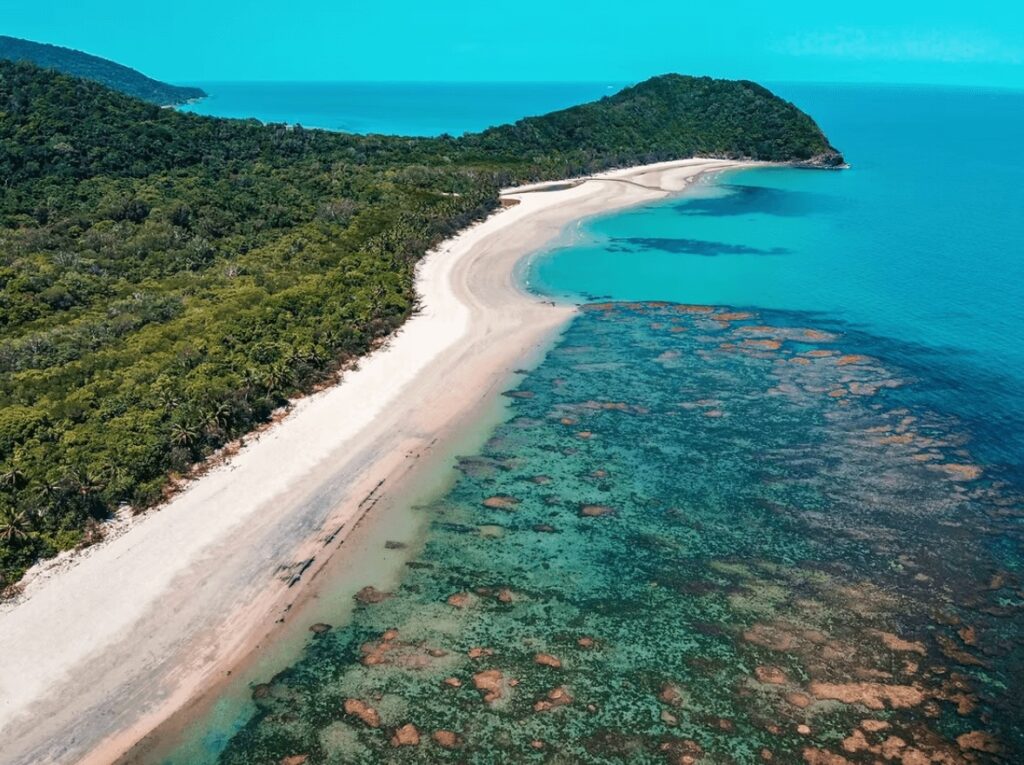
7 innovative solutions for restoring the Great Barrier Reef
Coral fragments
The biological properties of coral make it a uniquely resilient and regenerative organism. This allows for innovative methods of reef propagation in restoring the Great Barrier Reef.
Coral’s modular growth structure means that even small fragments broken off from larger colonies can be replanted onto degraded sections of the reef. Here, they will gradually grow and fuse together to form entirely new coral structures.
This process harnesses the capacity of coral polyps to rapidly regenerate and rebuild their calcium carbonate skeletons.
Beyond simply replanting broken fragments, coral nurseries have been established both underwater and in specialised onshore facilities. Here, coral fragments are cultivated to produce new corals that are transplanted back onto reefs.
This technique allows for the targeted propagation of genetically diverse corals, helping to restore the full richness and complexity of the Great Barrier Reef.
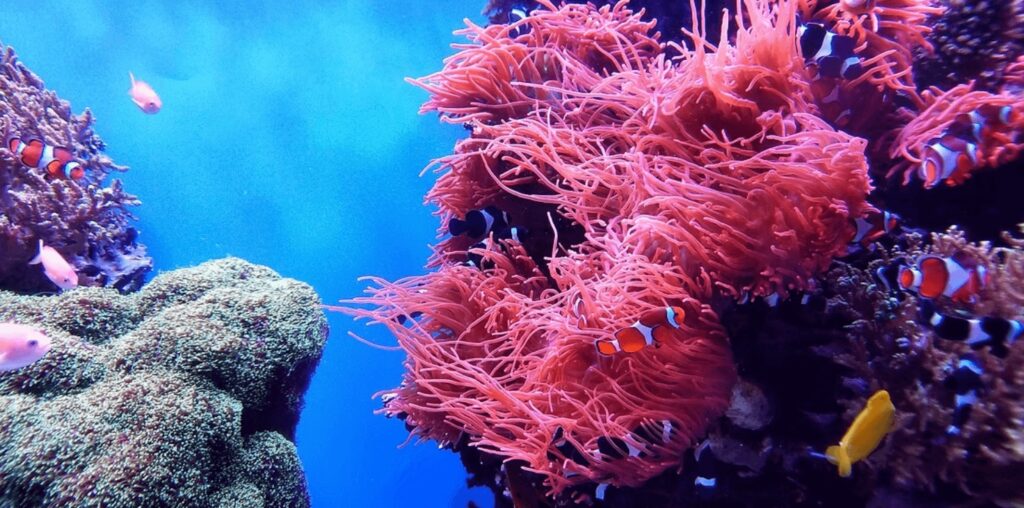
Coral IVF
As the moon waxes full, coral reefs come alive with a dazzling natural spectacle – mass spawning. During this event, healthy corals simultaneously release countless tiny eggs and sperm into the water. This sets the stage for the next generation.
It is during this fleeting window that coral researchers spring into action, carefully collecting the excess reproductive material from the spawning corals. These precious egg and sperm samples are then transported back to specially designed floating pools and laboratories. This is where the work of coral cultivation begins.
Over the course of many months, these young corals mature into resilient polyps, ready to be transplanted back onto damaged reef systems. As these transplanted corals take root and begin to grow, they will continue the cycle of reproduction, their offspring further spreading and replenishing the damaged reefs.
This innovative approach to coral restoration offers a beacon of hope in the face of the Great Barrier Reef crisis.
By harnessing the power of natural coral spawning, researchers are able to rapidly scale up coral populations. This allows them to actively rehabilitate reefs that have been devastated by climate change, pollution and other human impacts.
Discover how Indigenous knowledge is being harnessed to protect the Great Barrier Reef in our article here.
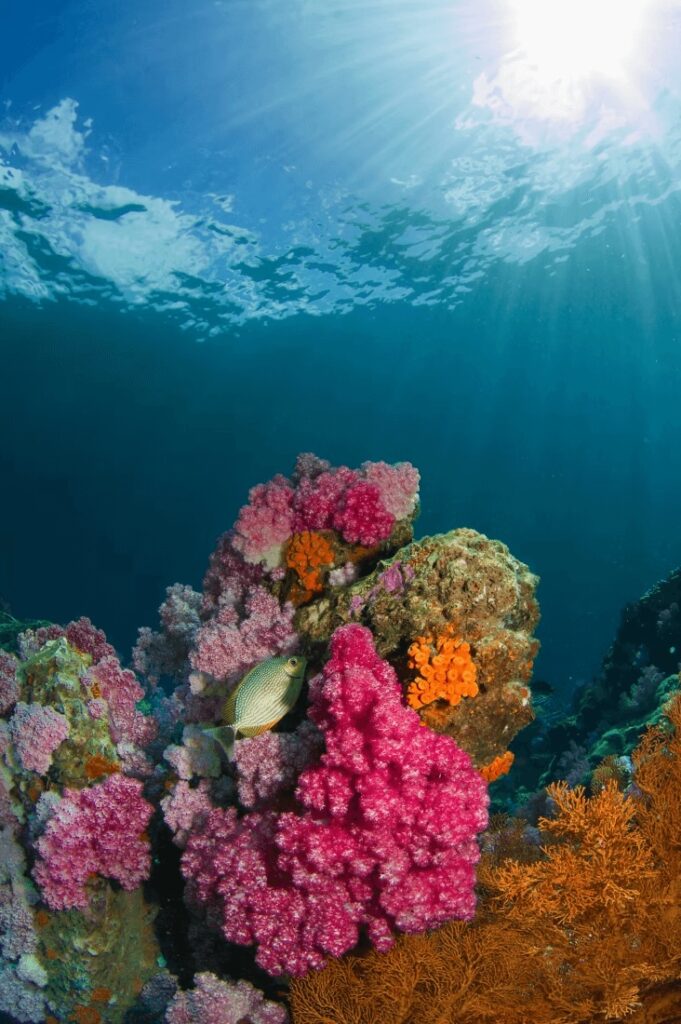
Cryopreservation
The process of cryogenic preservation is proving to be an invaluable tool in restoring the Great Barrier Reef.
Through this technique, marine biologists and conservation experts are able to collect and freeze small fragments of living coral tissue. Additionally, they can collect sperm and egg cells released during coral spawning events.
By submerging these coral samples in the ultra-cold temperatures of liquid nitrogen, their biological activity is essentially put on hold. This allows them to be stored for extended periods without deterioration.
Frozen storage essentially acts as a living time capsule, preserving the genetic material and reproductive potential of coral species that are under threat.
Should a coral population become locally extinct, these cryogenically preserved samples can be thawed and used to propagate new colonies. Essentially, it provides a genetic repository to aid in restoration efforts.
In this way, cryogenic coral banks function as an insurance policy. They are helping to safeguard the future of these reef-building organisms and ensure that their diverse genotypes and adaptive capabilities are not lost forever.
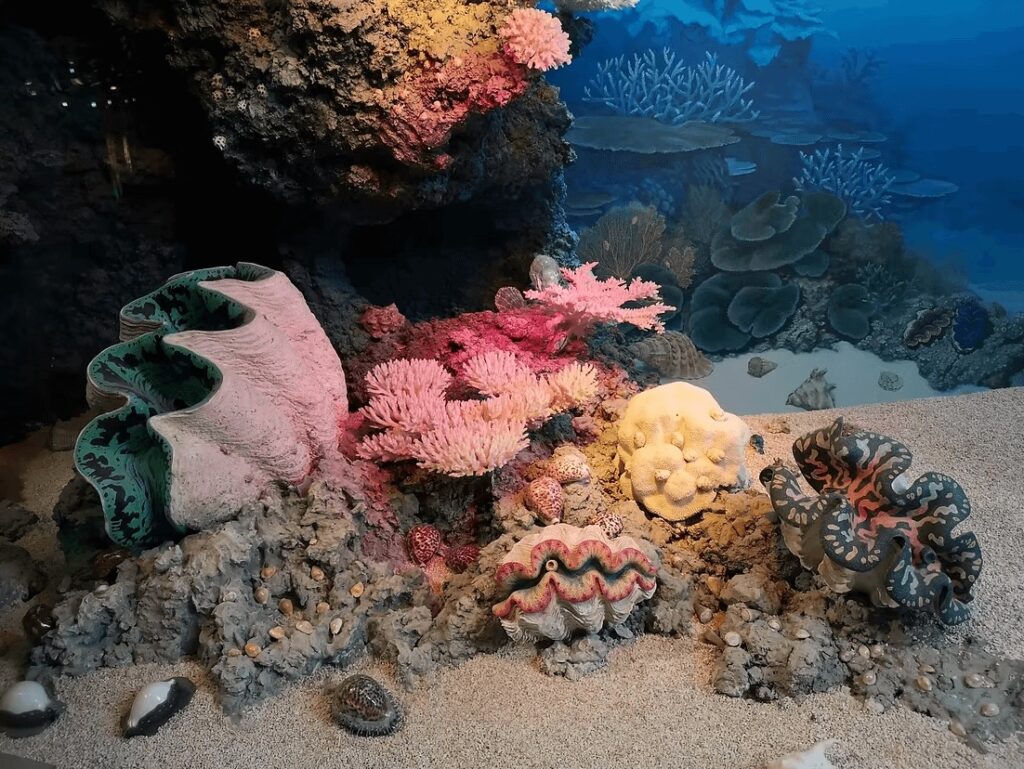
Coral clips
The Coralclip® is a revolutionary device that has significantly enhanced the efficiency and success rate of coral restoration efforts around the world.
This stainless-steel spring clip provides a simple yet highly effective way to securely attach coral fragments to degraded reef structures, allowing them to take root and flourish.
Unlike traditional methods that require labour-intensive manual placement or the use of potentially harmful chemical bonding agents, the Coralclip® offers a fast, affordable and eco-friendly solution.
A skilled diver can deploy several hundred of these cleverly designed clips in a single dive. Each firmly secures a coral fragment to the reef bed.
This rapid deployment capability is a game-changer. It enables restoration projects to cover large areas in a fraction of the time it would take using older techniques.
Additionally, the clip’s innovative design provides an ideal scaffolding that supports the coral’s natural growth and attachment process.
By eliminating the need for toxic bonding chemicals, the Coralclip® avoids any risk of damaging the reef ecosystem. This makes it a sustainable and environmentally-conscious tool for coral conservation.
3D mapping with photogrammetry
Photogrammetry allows researchers to precisely measure and analyse objects, structures and environments by converting photographs into highly accurate three-dimensional digital models.
On the Great Barrier Reef, scientists are harnessing the power of this cutting-edge technology. It allows them to track the dynamic changes occurring within the marine ecosystem over time.
By taking detailed underwater photographs at regular intervals and then processing them through photogrammetric software, researchers are able to generate detailed 3D reconstructions. These vividly capture the growth, recovery and survival of the reef’s coral colonies.
The measurements extracted from these photogrammetric models offer a window into the complex processes shaping the reef. This includes everything from the gradual expansion of coral structures to the impacts of environmental stressors like rising ocean temperatures and acidification.
This data provides crucial insights that guide scientists’ decisions on where to focus their coral restoration and conservation efforts.
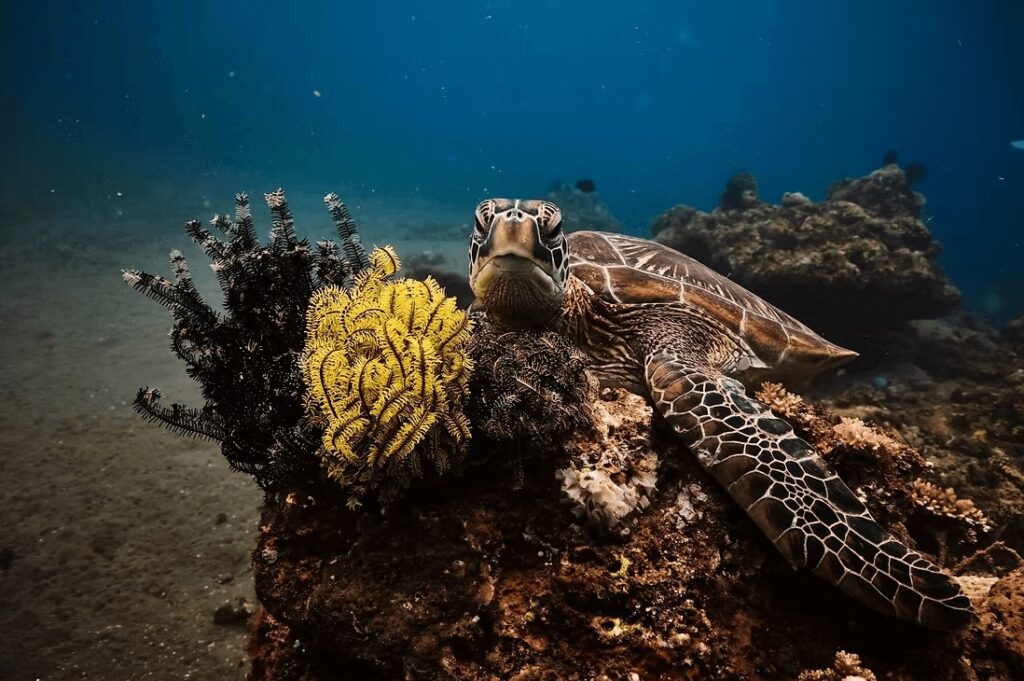
Stabilising reefs
Coral reefs are susceptible to a range of acute disturbances that can rapidly degrade and damage their delicate structures. Events like coral bleaching, where corals expel their symbiotic algae and turn stark white, can leave large areas of reef vulnerable and unable to recover.
Powerful cyclones and storms can also wreak havoc, physically breaking apart corals and reducing them to rubble. Even ship strikes, where large vessels accidentally collide with and crush reefs, can create expansive fields of loose, shifting debris.
These disturbances leave behind rubble beds – areas covered in broken fragments of dead coral skeletons that are constantly churned and moved by the tides and waves.
Maintaining the structural integrity of these reefs is critical. Unfortunately, the rubble makes it extremely challenging for young corals to take hold and grow into new, healthy reefs.
On the Great Barrier Reef, researchers and conservationists are exploring a range of innovative techniques to help secure and stabilise these loose rubble fields.
These include deploying purpose-built structures that trap and anchor the fragments. Additionally, they are using natural materials like bamboo or even concrete to create stable substrates for new coral growth.
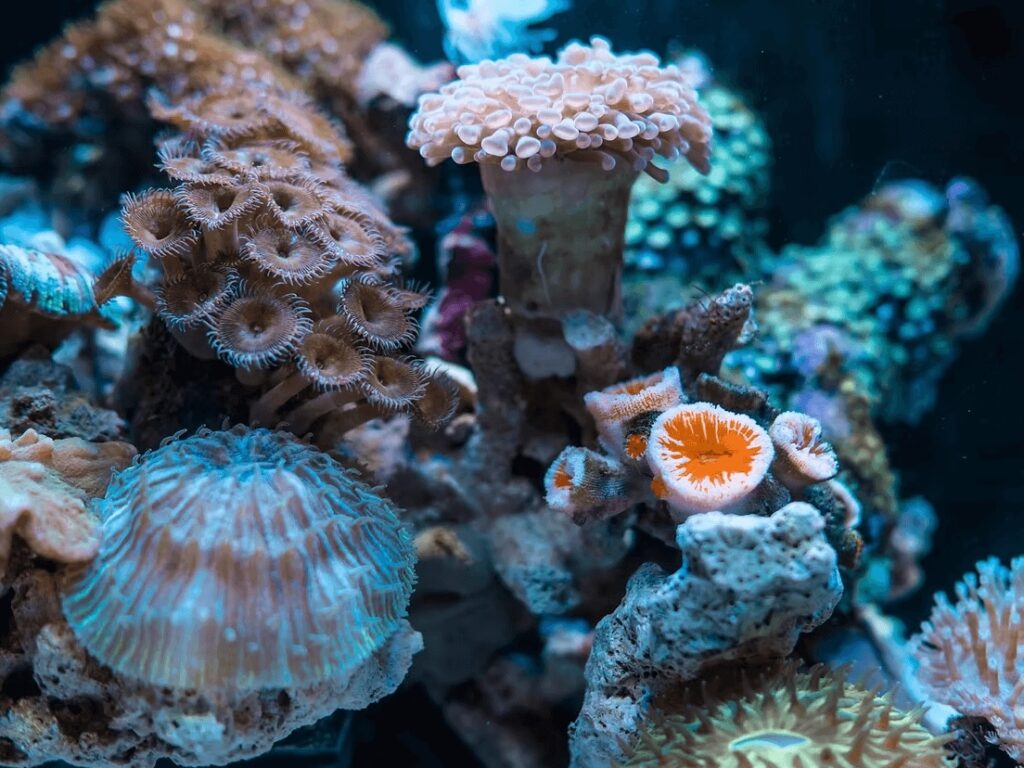
Boats4Corals
The Boats4Corals project is another initiative that is helping to dramatically scale up coral reef restoration efforts. It is particularly focused on the Whitsundays region of the Great Barrier Reef.
At the heart of this project is the recognition that local communities possess invaluable skills, resources and passion. These can be harnessed to drive impactful conservation outcomes and deliver coral larvae to degraded reef areas.
It all starts with training community members in the Coral IVF (in-vitro fertilisation) method. This involves identifying the natural coral spawning slicks that occur annually, then collecting the coral eggs and sperm to be fertilised in floating nursery pools.
Once the coral larvae have developed, the participants are taught how to release these “coral babies” directly onto the reef. This helps to seed new growth and regeneration in targeted areas.
By empowering and equipping locals to play an active hands-on role, the Boats4Corals project is able to scale up restoration efforts far beyond what would be possible with a small team of researchers alone. It’s a brilliant example of how tapping into community knowledge and capacity can supercharge conservation initiatives.

What can you do to help coral reef restoration?
Protecting and restoring the world’s coral reefs is a critical environmental priority. Thankfully, there are numerous ways concerned citizens can get involved to make a meaningful difference.
One of the most impactful actions individuals can take is to focus on sustainability and environmental stewardship in their daily lives. This starts with carefully considering your own behaviours and habits, and making conscious choices to reduce your ecological footprint.
Simple steps like reusing and repurposing goods, avoiding products with microplastics and cutting back on fossil fuel-based goods can go a long way.
For those looking to get more directly involved in hands-on coral reef restoration efforts, there are a growing number of organisations offering volunteer opportunities.
Groups like the Coral Restoration Foundation and Coral Watch are always seeking passionate individuals to assist them with coral planting, coral nursery maintenance or educational outreach.
Alternatively, you can donate directly to the Great Barrier Reef Foundation to support their research and ongoing projects.
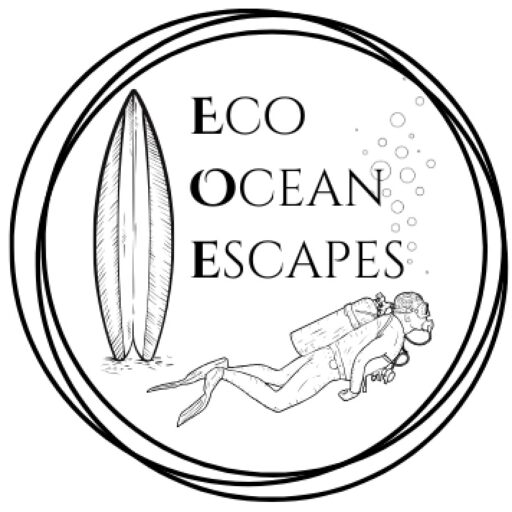
PLAN YOUR TRIP WITH OUR FAVOURITE RESOURCES:
Find hotels and resorts via Booking or Agoda
Book tours and experiences via Viator or GetYourGuide
Find a rental car via Discover Cars
Book flights via Kiwi or Booking
Search for buses and trains via 12Go or Omio
Get travel insurance via SafetyWing
Buy a digital eSIM with Airalo
By purchasing through our links, you’ll be supporting our website at no additional cost to you
About the authors
We are a team of passionate divers and surfers with decades of combined experience in the water and travelling to all corners of the globe. After years of chasing waves and descending into the deep blue, we’ve created this resource to highlight sustainably run surf camps, eco-friendly dive resorts and conservation-focused ocean trips to help inspire your next adventure.
Eco Ocean Escapes was born out of a love of the ocean, an obsession with travel and a concern about the impacts of our adventures on the environments we explore. Despite the benefits that surf and dive tourism can bring to local communities, we recognised that ocean-based adventures are not always managed in a sustainable manner.
Through our articles, we hope to inspire those seeking a responsible surf or dive trip that is all about supporting local communities, preserving our coastal environments and the incredible marine species that inhabit our oceans.
-
Sustainable surf tourism and respecting local communities
Surf tourism has exploded over the last two decades. With travel becoming more accessible and social media exposing hidden spots, once-remote breaks in Indonesia, Central America, Morocco and the Pacific Islands are now iconic stops on global surf circuits. While surf travel brings income, jobs and global attention to coastal towns, it can also disrupt…
-
Inspiring citizen science projects for surfers + how to get involved
As surfers, we are intimately connected to the ocean – its rhythms, its wildlife and its health. Because of this relationship, many of us are looking for meaningful ways to protect the marine environments we love. One of the simplest and most impactful ways we can do this is by joining citizen science projects. These…
-
Understanding Marine Protected Areas (MPAs): Why divers should care
If you’ve spent time underwater (as a diver or snorkeller), you’ve probably noticed something: not all sites are beacons of health. Some reefs appear vibrant and full of life, while others show signs of stress – broken coral, few fish or algae-covered rocks. One of the biggest factors shaping the health of our oceans is…
-
Costa Rica’s best marine parks + eco dive resorts
Costa Rica is a paradise for eco-conscious travellers and underwater explorers are no exception. With its healthy coral reefs, pelagic-rich waters and some of the most progressive environmental policies in the world, the country is a dream destination for those who want to dive responsibly. We’ve been lucky enough to visit Costa Rica several times…
-
Eco-diving: Best destinations for sustainable scuba travel
As humans inspired by the underwater world, there is plenty of incentive to protect our coral reefs. Here at EcoOceanEscapes, we want to do our bit to save endangered marine species and keep our oceans free of trash. One impactful action we can all take is to choose sustainable diving destinations. These are nations (or…
-
Eco-friendly diving: How to be a sustainable scuba advocate
Understand the environmental impacts of diving and sustainable scuba practices in this comprehensive guide to eco-friendly diving. Any diver will tell you that being underwater is an incredible experience. It’s a world that not everyone has the opportunity to explore and the encounters we have with marine creatures can be life-changing. Watching manta rays soar…
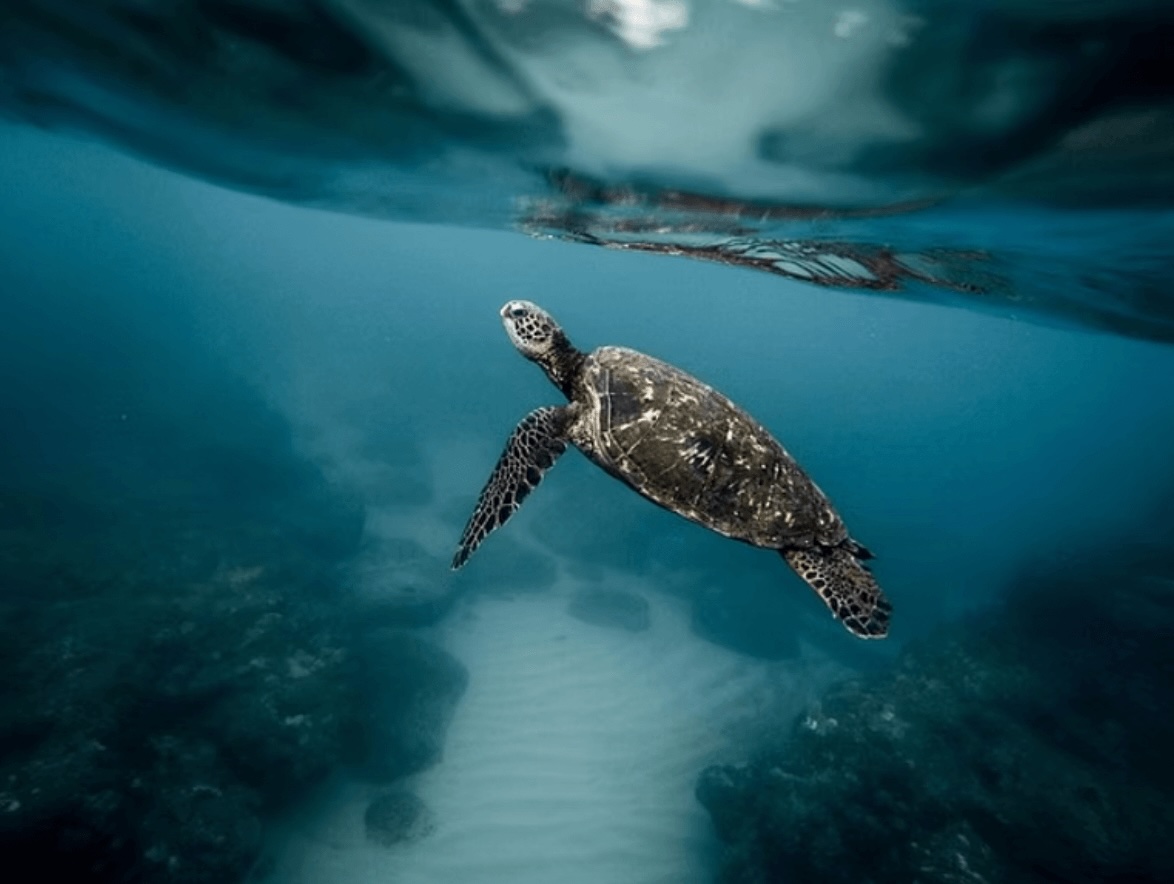
We are a team of passionate divers and surfers with decades of combined experience in the water and travelling to all corners of the globe.
After years of chasing waves and descending into the deep blue, we’ve created this resource to highlight sustainable surf camps, eco-dive resorts and conservation-focused ocean trips to help inspire your next adventure.
Eco Ocean Escapes was born out of a love of the ocean, an obsession with travel and a concern about the impacts of our adventures on the environments we explore.
